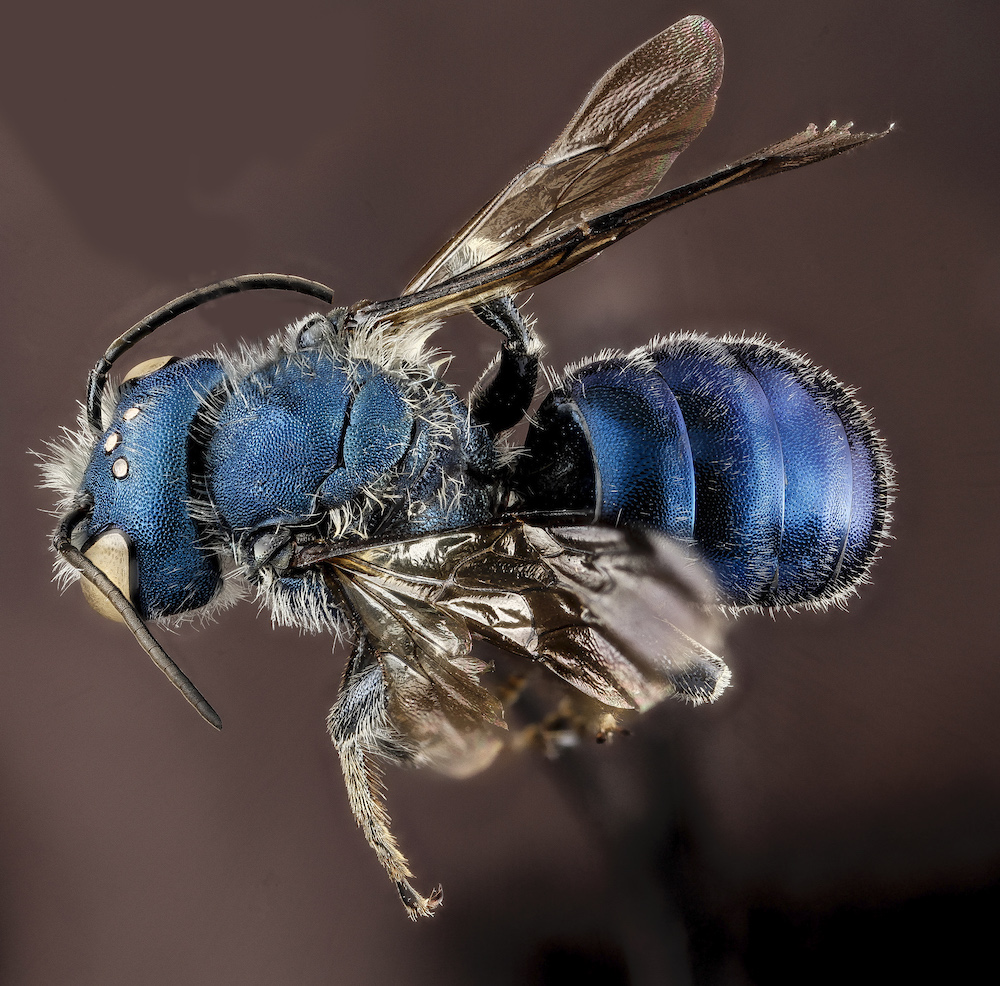

Most pollen is used as food for their larvae. Bees range in size from tiny stingless bee species, whose workers are less than 2 millimetres (0.08 in) long, to Megachile pluto, the largest species of leafcutter bee, whose females can attain a length of 39 millimetres (1.54 in).īees feed on nectar and pollen, the former primarily as an energy source and the latter primarily for protein and other nutrients.

The most common bees in the Northern Hemisphere are the Halictidae, or sweat bees, but they are small and often mistaken for wasps or flies. Some species – including honey bees, bumblebees, and stingless bees – live socially in colonies while most species (>90%) – including mason bees, carpenter bees, leafcutter bees, and sweat bees – are solitary.īees are found on every continent except Antarctica, in every habitat on the planet that contains insect-pollinated flowering plants. There are over 16,000 known species of bees in seven recognized biological families.

They are presently considered a clade, called Anthophila. Bees are a monophyletic lineage within the superfamily Apoidea. Potential Pollinators of Greenhouse Tomatoes.Bees are winged insects closely related to wasps and ants, known for their roles in pollination and, in the case of the best-known bee species, the western honey bee, for producing honey. Where are Blue Banded Bees found in Australia?
Picture of a blue bee full#
Here a full list of the other information on Blue Banded Bees found on the Aussie Bee website:

It would be much better for our environment to use our native Blue Banded Bees for this purpose rather than introducing European Bumblebees to Australia! Researchers at the University of Adelaide made substantial progress in developing native Blue Banded Bees for greenhouse tomato pollination.Ībove: a Bluebanded Bee buzz-pollinating a tomato flower inside a greenhouse. Tomato flowers are also pollinated better when visited by a buzz pollinating bee. Quite a few of our native Australian flowers require buzz pollination eg Hibbertia, Senna. She can then collect the pollen for her nest and carry it from flower to flower, pollinating the flowers. A Blue Banded Bee can grasp a flower of this type and shiver her flight muscles, causing the pollen to shoot out of the capsule. Some flowers hide their pollen inside tiny capsules. Many Blue Banded Bees may build their nest burrows in the same spot, close to one another, like neighbouring houses in a village.īlue Banded Bees can perform a special type of pollination called 'buzz pollination'. She builds her nest in a shallow burrow in clay soil or sometimes in mudbricks. This means that each female bee mates and then builds a solitary nest by herself. They are about 11 mm long and have bands of metallic blue fur across their black abdomens.īlue Banded Bees are solitary bees.
Picture of a blue bee how to#
and how to support these delightful bees in your garden!ĭownload your free copy of the Aussie Bee Guide to Blue Banded Bees!īlue Banded Bees are amongst our most beautiful Australian native bees.MORE INFORMATION ON BLUE BANDED BEES (Amegilla)Īussie Bee > Blue Banded Bee Information NEW! The Aussie Bee Guide to


 0 kommentar(er)
0 kommentar(er)
